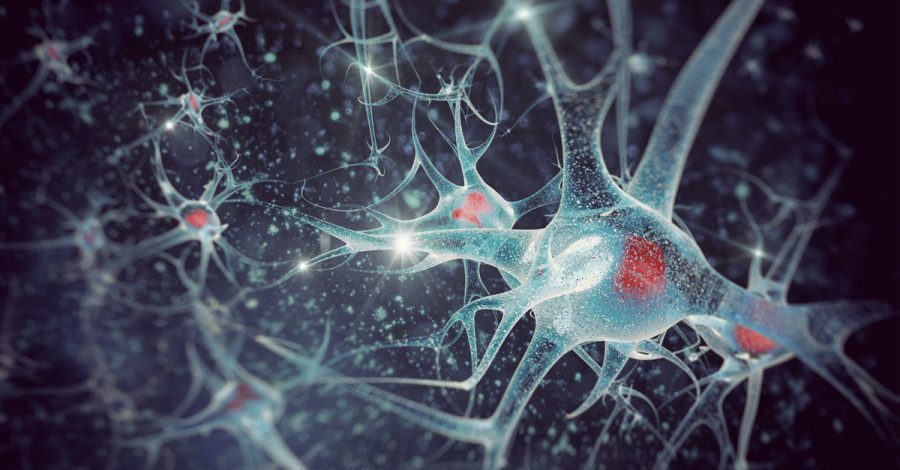Although epiphenomenalism may be assumed true by both doctors and patients alike, since it seems to match data related to impaired neurological function, some of the research in neuroplasticity refutes the entire concept of epiphenomenalism. Early research demonstrated that when people learn new skills, such as typing or piano, that areas of the motor cortex of the brain actually increase in size to match. Later research demonstrated new brain connections, after some forms of brain injury, sometimes form to areas of the brain which would otherwise have processed information from different areas of function. This process actually restores the lost functioning, even with different areas of the brain processing the information.
Although these studies were fascinating as they showed the neuronal connections and biological functioning of the brain changed as a result of essentially newly learned tasks, some researchers minimized the results with arguments that this was largely a unique ability for repair following injury. One of the more recent studies was a true paradigm changer. In this research, Tibetan Buddhist monks participated in functional brain imaging studies while practicing a compassion based meditation technique. The finding was astounding: monks showed a novel Gamma brainwave pattern in the frontal lobe, which correlated with the subjective sense of blissfulness. This brainwave pattern had never been seen in any non-pathological state before, and its presence and strength was only related to the number of hours of meditative practice. No other demographic factors correlated with the finding, which suggested a clear circumstance in which willed meditative practice altered brain function over extended practice.
Since epiphenomenalism requires that mental process is only an accidental byproduct of neuronal firing, there is no conceivable way that mental process could actually effect the biological structure. This latest research proves just the opposite: that mental process changes the biology of the brain. Clearly then, any form of biological monism cannot account for this research finding. A different model is needed which accounts for the research data.

